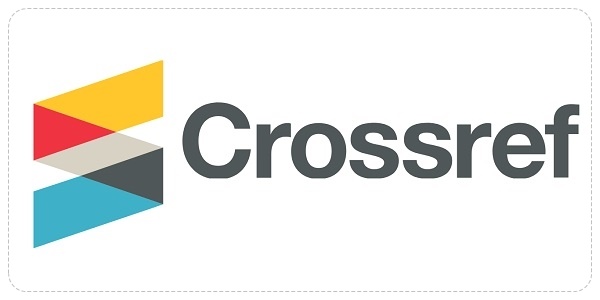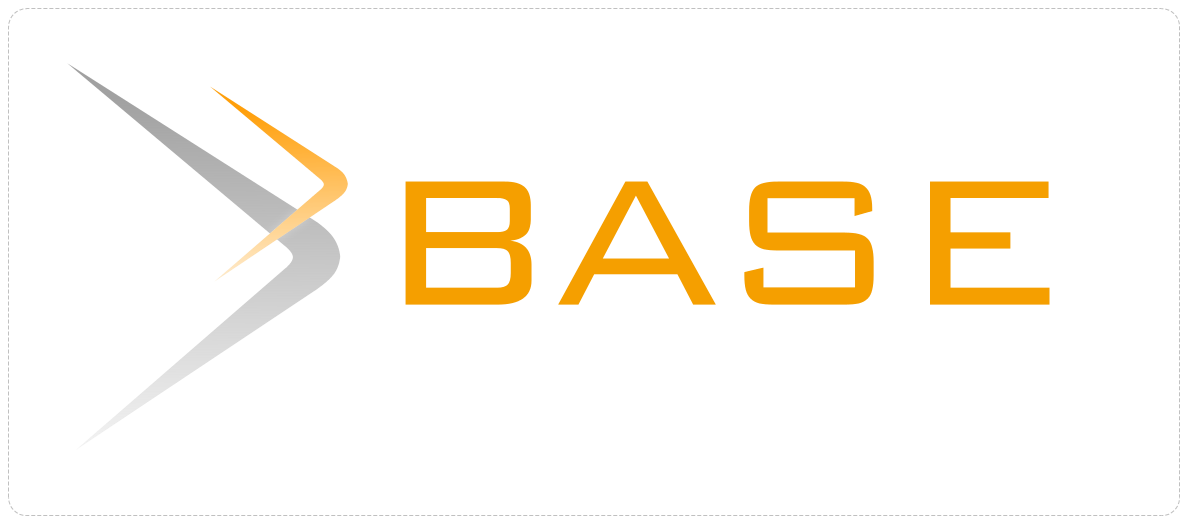ANALISIS GAMBAR KARYA ANAK SEKOLAH DASAR (KARAKTERISTIK GAMBAR ANAK USIA 7 – 9 TAHUN)
Abstract
Keywords
Full Text:
PDFReferences
A.AlvesRubem. 2005. Anak Masa Depan .Inisiasi Press. Depok.
B .Elizabeth Hurlock. 1978. Perkembangan Anak. Erlangga Jakarta
Dahlan, Djawad, 2002, Psikologi Perkembangan Anak & Remaja, PT. Remaja Rosdakarya, Bandung.
Depdikbud.1982. Wawasan Kependidikan Guru.Modul Akta Mengajar VB. Jakarta ;DirjenDikti.
Engkoswara. 1984. Dasar-dasar Metodologi Pengajaran. BinaAksara. Jakarta
Ghiselin, Brewster, 1983, The Creative Process / Proses Kreasi, terj. Wasid Soewarto, Jakarta :Gunung Jati, cetakan I.
Garha. Oho dkk. 1990. Pendidikan Seni Rupauntuk SD. Angkasa . Bandung
G. P.Nanang dkk. 2001. Pendidikan Seni Rupa (untuk mahasiswa PGSD). UPI
---- 2003. Pendidikan Seni Rupa. UPI Hartati, Tatat. 2010. Practice Pedagogik in Global Education Perspective. UPI Press. Bandung.
Henry P. Mussen. 1984. Perkembangan dan kepribadian Anak. Erlangga Jakarta.
Hermawan, Ruswandi. 2008. Metode Penelitian Pendidikan SD. UPI Press. Bandung.
Mulyasari, Effy.2011. Pedagogik Praktis yang Berkualitas.Rizqi Press. Bandung.
MunandarUtami. 2004. Perkembangan Kreativitas Anak Berbakat. Pusat Perbukuan Depdiknas. Jakarta.
Nazir, Moh. 2005. Metode Penelitian. Ghalia Indonesia.
PamadhiHajar, dkk. 2008. Seni Keterampilan Anak. Universitas Terbuka.
Soemaryadi.1992/1993.Pendidikan Keterampilan. Depdikbud. Direktorat Jendral Pendidikan Tinggi PPTK.
Sumardjo, Jakob. 2000. Filsafat Seni. ITB. Bandung.
Tabrani,Primadi . 1999. Belajar dari sejarah dan lingkungan. ITB. Bandung.
_____ 2000. Proses Kreasi, Apresiasi, Belajar. ITB. Bandung. 2005. BAHASA RUPA. ITB. Bandung.
Tarjo, E, dkk. (2005). Seni Rupadan Kerajinan. Bandung: SR UPI
DOI: https://doi.org/10.17509/pedagogia.v15i1.6562
Refbacks
- There are currently no refbacks.
INDEXED BY

This work is licensed under a Creative Commons Attribution-ShareAlike 4.0 International License















